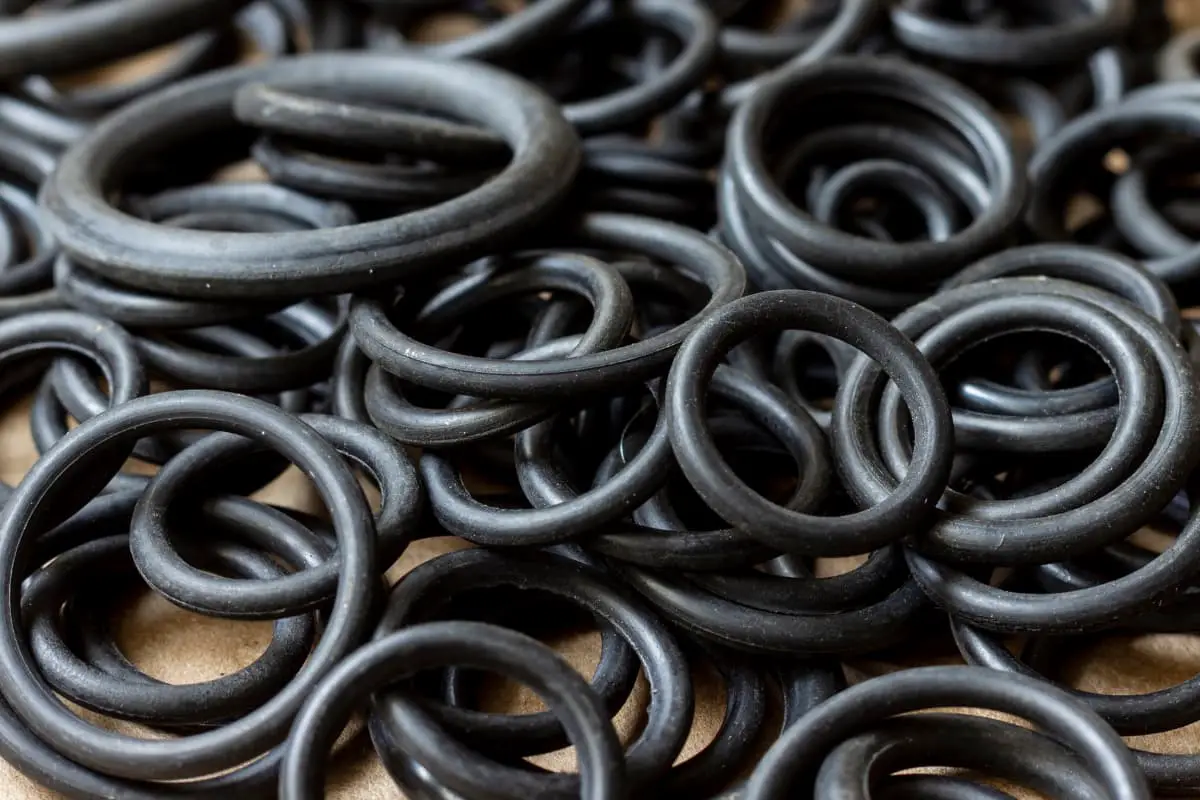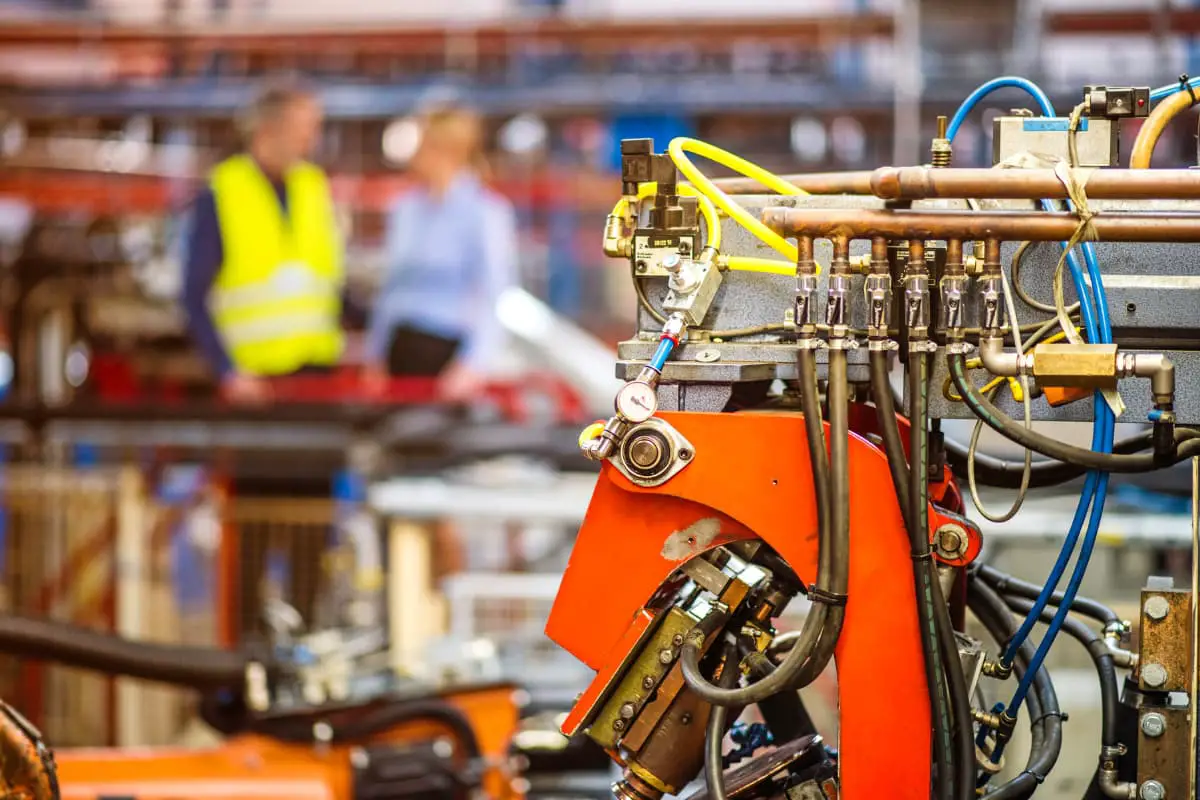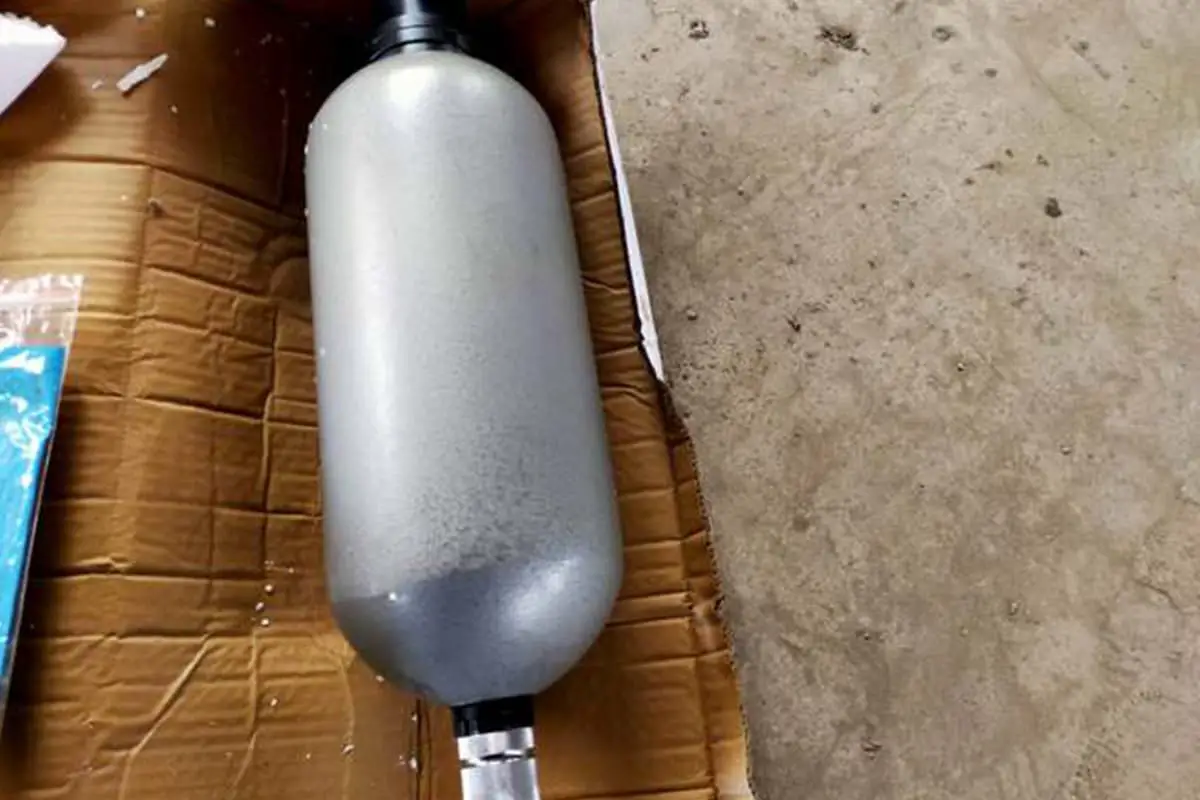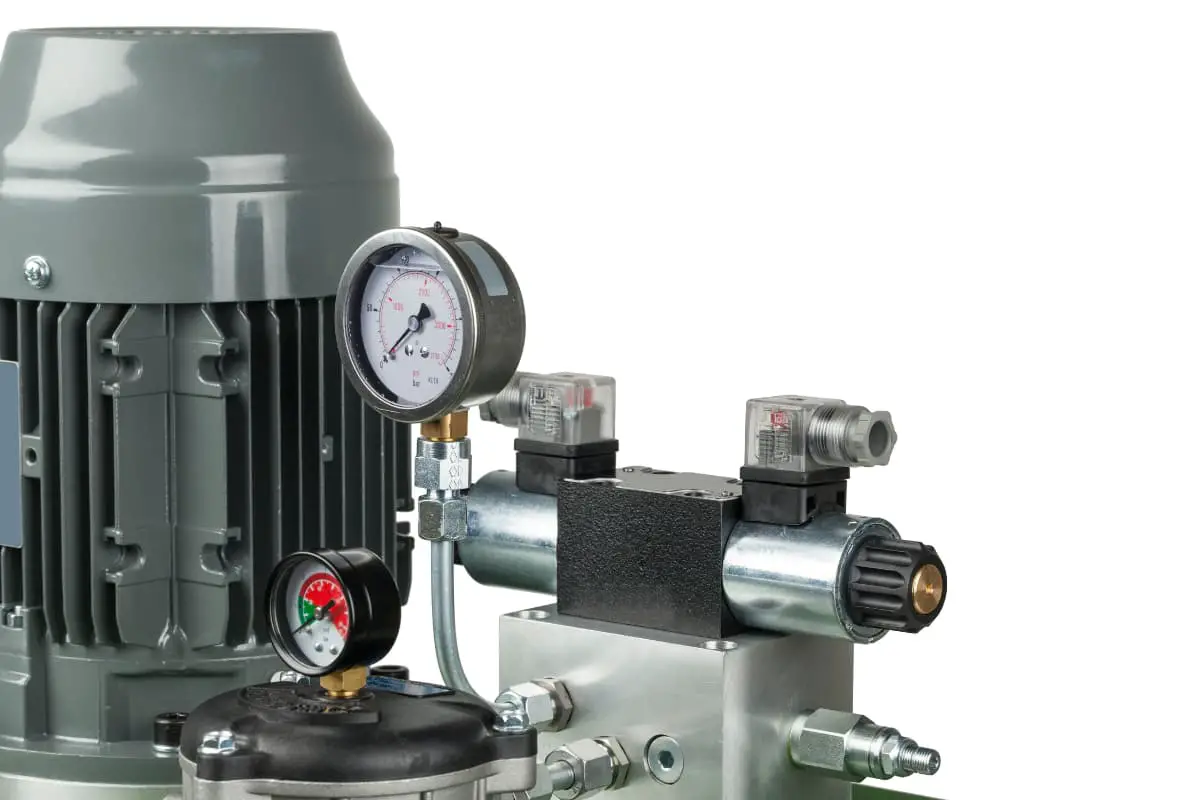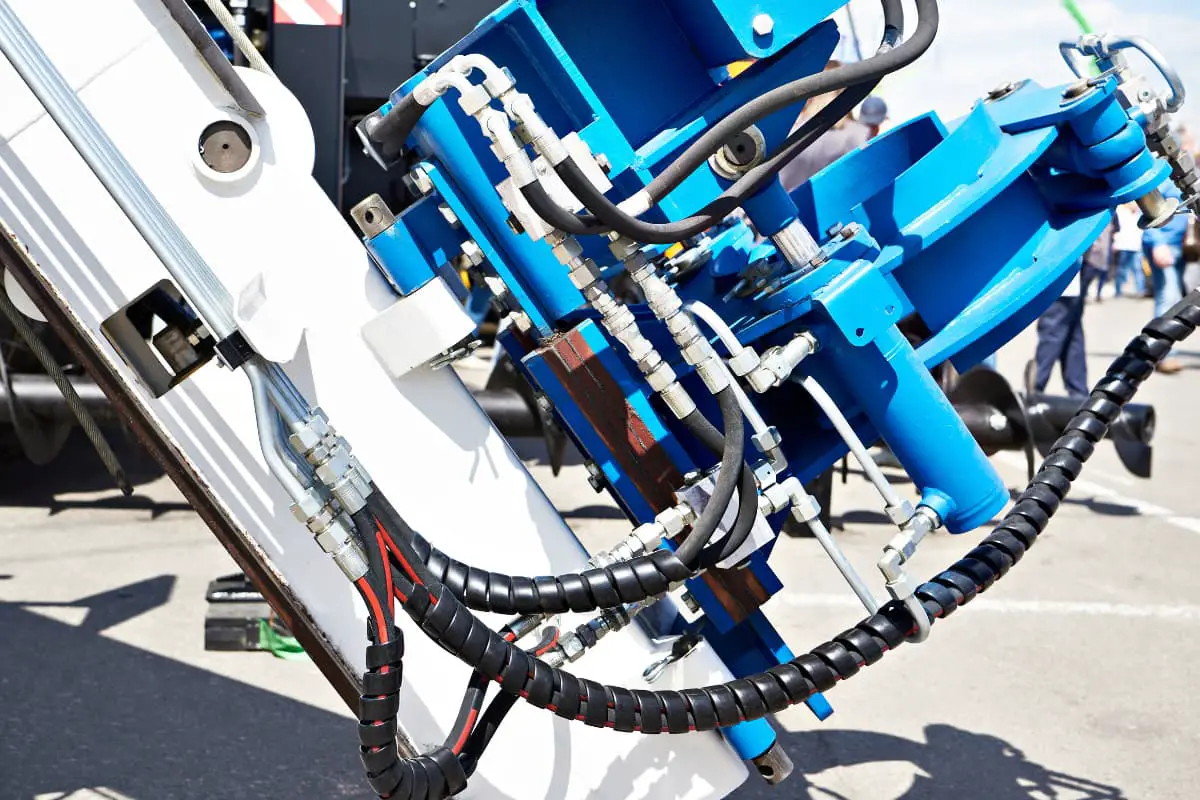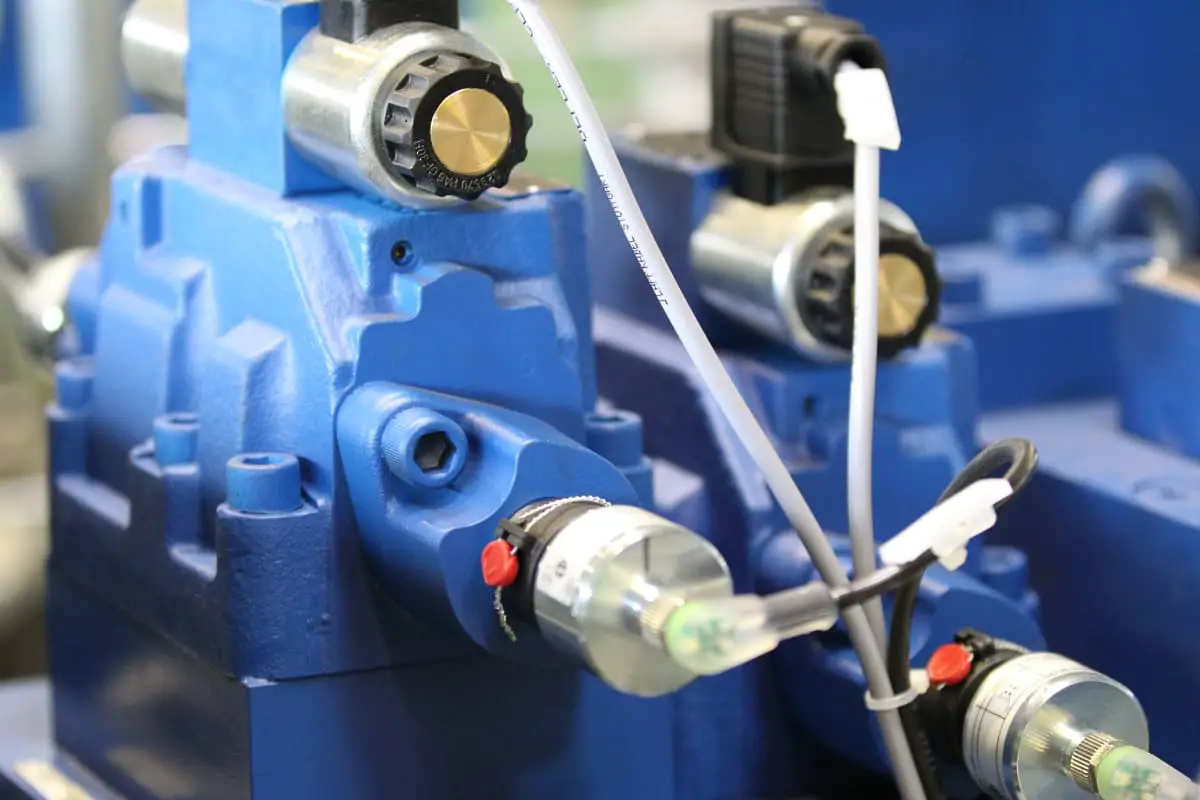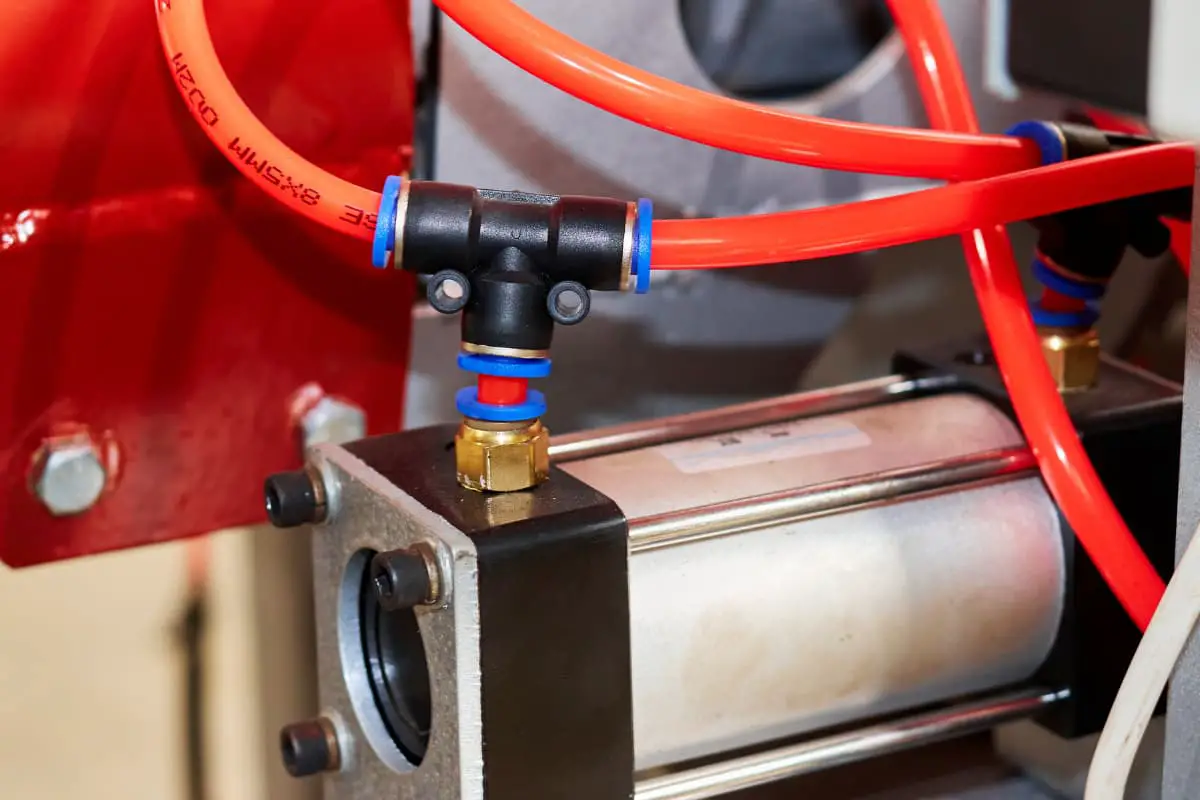
Laser welding is a precise and efficient technique used to join materials, particularly metals, with high energy density laser beams. The process is prized for its ability to produce strong welds with minimal deformity to the surrounding material. Critical to the success of laser welding operations are the parameters that govern the process: the thickness of the material being welded and the speed at which the welding is performed. These parameters are carefully calibrated to maximize the strength and integrity of the weld while optimizing operational efficiency.
A laser welding thickness and speed chart serves as an essential guide for technicians and engineers, providing them with the necessary information to select the correct welding parameters based on the type of material and the specific application. By adjusting the laser power, beam quality, and welding speed, users can control the depth of penetration and the overall quality of the weld. The nature of laser welding allows for a high depth-to-width ratio, which results in a concentrated weld with limited heat exposure to surrounding material, thus maintaining the structural integrity of the components involved.
Laser Welding Power, Thickness & Speed Chart
| Materiaal | 1000 watts | 1500 watts | 2000 Watts |
|---|---|---|---|
| SUS (stainless steel) | 0.5mm-3mm | 0.5mm-4mm | 0.5mm-5mm |
| Fe (iron) | 0.5mm-3mm | 0.5mm-4mm | 0.5mm-5mm |
| AI (aluminum) | 0.5mm-2mm | 0.5mm-3mm | 0.5mm-4mm |
| Cu (brass) | 0.5mm-3mm | 0.5mm-6mm | 0.5mm-8mm |
| Galvanized sheet | 0.5mm-3mm | 0.5mm-4mm | 0.5mm-5mm |
| Carbon steel | 0.5mm-3mm | 0.5mm-4mm | 0.5mm-5mm |
Stainless Steel
| Stainless Steel | Laser Power(W) | Power(W) | Speed(mm/s) | Frequency(kHz) | Focus(mm) |
|---|---|---|---|---|---|
| 1mm | 500 | 26 | 800 | 5 | 2 |
| 1.5mm | 500 | 340 | 750 | 5 | 2 |
| 2mm | 1000 | 600 | 800 | 5 | 2 |
| 2.5mm | 1000 | 730 | 700 | 5 | 2 |
| 3mm | 1000 | 860 | 720 | 5 | 3 |
Aluminium
| Aluminium | Laser Power(W) | Power(W) | Speed(mm/s) | Frequency(kHz) | Focus(mm) |
|---|---|---|---|---|---|
| 1mm | 500 | 480 | 700 | 20 | 1 |
| 1.5mm | 1000 | 560 | 800 | 20 | 1 |
| 2mm | 1000 | 780 | 800 | 20 | 2 |
| 2.5mm | 1000 | 920 | 800 | 20 | 2 |
| 3mm | 1500 | 1150 | 800 | 20 | 2 |
Messing
| Messing | Laser Power(W) | Power(W) | Speed(mm/s) | Frequency(kHz) | Focus(mm) |
|---|---|---|---|---|---|
| 1mm | 1000 | 900 | 600 | 30 | 3 |
| 1.5mm | 1500 | 1100 | 600 | 30 | 4 |
| 2mm | 1500 | 1350 | 500 | 30 | 4 |
| 2.5mm | 2000 | 1600 | 500 | 30 | 5 |
| 3mm | 2000 | 1850 | 500 | 30 | 6 |
Copper
| Copper | Laser Power(W) | Power(W) | Speed(mm/s) | Frequency(kHz) | Focus(mm) |
|---|---|---|---|---|---|
| 1mm | 1000 | 650 | 600 | 30 | 0 |
| 1.5mm | 1000 | 850 | 600 | 30 | 0 |
| 2mm | 1500 | 1100 | 500 | 30 | 0 |
| 2.5mm | 1500 | 1400 | 500 | 30 | 0 |
| 3mm | 2000 | 1750 | 500 | 30 | 0 |
Mild Steel
| Mild Steel | Laser Power(W) | Power(W) | Speed(mm/s) | Frequency(kHz) | Focus(mm) |
|---|---|---|---|---|---|
| 1mm | 500 | 300 | 500 | 20 | 0 |
| 1.5mm | 500 | 370 | 500 | 20 | 0 |
| 2mm | 500 | 480 | 600 | 20 | 1 |
| 2.5mm | 1000 | 600 | 600 | 20 | 1 |
| 3mm | 1000 | 760 | 700 | 20 | 2 |
Galvanized Sheet
| Galvanized sheet | Laser Power(W) | Power(W) | Speed(mm/s) | Frequency(kHz) | Focus(mm) |
|---|---|---|---|---|---|
| 1mm | 500 | 320 | 600 | 20 | 0 |
| 1.5mm | 500 | 460 | 600 | 20 | 1 |
| 2mm | 1000 | 600 | 500 | 20 | 2 |
| 2.5mm | 1000 | 800 | 700 | 20 | 3 |
| 3mm | 1000 | 960 | 650 | 20 | 3 |
Fundamentals of Laser Welding
Laser welding has revolutionized industrial joining techniques, offering high-speed precision and the ability to join a variety of materials.
Laser Welding Process
Laser welding is a high-energy beam welding technique where a laser beam is focused onto a small area to create a melting zone. The beam’s energy is absorbed by the materials, causing them to melt and fuse together once cooled. This method can weld materials at speeds up to 2 inches per second for thin sheets such as 0.01-inch-thick airbag detonator casings.
- Key Aspects:
- Beam Focus: Concentrated to a small spot to achieve high temperatures.
- Material Interaction: Absorbs laser energy, leading to melting and fusing.
- Speed and Thickness: The welding speed and applicable material thickness depend on the laser’s power output and the material’s properties.
Types of Lasers for Welding
When selecting a laser for welding, the choice depends on the type of material and the required precision.
- Continuous Wave (CW) Lasers: Emit a constant laser beam and are suitable for deep welds and high-speed seam welding. Common for materials up to and beyond 0.25-inch thickness.
- Pulsed Lasers: Emit laser energy in pulses and are preferred for precise control over weld depth in thin materials.
- Common Lasers:
- Fiber Laser: Known for its flexibility and efficiency, generally used in fine and high-speed welding.
- CO2 Laser: Offers deep penetration and is traditionally used for thicker and tougher materials.
Material Considerations
When engaging in laser welding, one must take into account both the nature of the materials being joined and the varying thicknesses they present. These aspects are crucial in determining the appropriate laser welding parameters.
Metals and Alloys
Different metalen and alloys have distinct properties that affect their absorption of laser energy, a critical factor in laser welding. For instance, stainless steel is commonly welded with laser due to its conducive absorption characteristics. On the other hand, highly reflective materials like aluminum require specific laser types, such as fiber lasers, to achieve effective welding. The addition of certain material additives can also influence the absorption and welding process.
Material Thickness Range
The thickness of the material directly affects the required laser power:
- For thin plates (<1.0mm), lower laser power is necessary, and the parameters differ significantly from those used for thicker materials.
- Thicker plates demand higher laser power to achieve penetration and strength in the weld. A proportional relationship exists between thickness and power:
| Materiaal Dikte | Approximate Laser Power |
|---|---|
| < 1.0 mm | Low Power |
| 1.0 mm – 5.0 mm | Medium Power |
| > 5.0 mm | High Power |
It’s important to adjust the laser’s parameters, such as the swing width and welding speed, to match the specific thickness range for optimal results.
Laser Welding Parameters
The selection of laser welding parameters is critical to achieving high-quality joins with the requisite strength and precision. These parameters include laser power settings, welding speed, and focus position, all of which must be carefully balanced to suit the material and thickness being welded.
Laser Power Settings
For laser welding, the power required increases with the thickness of the material. The following guidelines can be used as a starting point:
- Materials < 1.0mm thickness: Lower power settings.
- Materials > 1.0mm thickness: Higher power settings may be required.
Adjusting the power is essential for preventing burn-through in thinner materials or lack of penetration in thicker materials.
Welding Speed
Welding speed must be calibrated to ensure consistent results:
- Fast speeds can lead to a lack of fusion, while too slow may cause distortion or excessive heat input.
- Ideal speed varies, but a common starting range is around 5 to 10 m/min.
Speeds will also need to be reduced as material thickness increases, ensuring full penetration without defects.
Focus Position
The focus position impacts the seam’s geometry and overall welding quality:
- For structural steel like S235JR, adjustments to the focal position can significantly alter the weld bead profile and penetration.
- An optimal focal position ensures a balanced distribution of energy, precise control over the heat-affected zone, and appropriate depth-to-width ratio of the weld.
By carefully setting these parameters, laser welding can achieve strong, precision joins with minimal material distortion.



